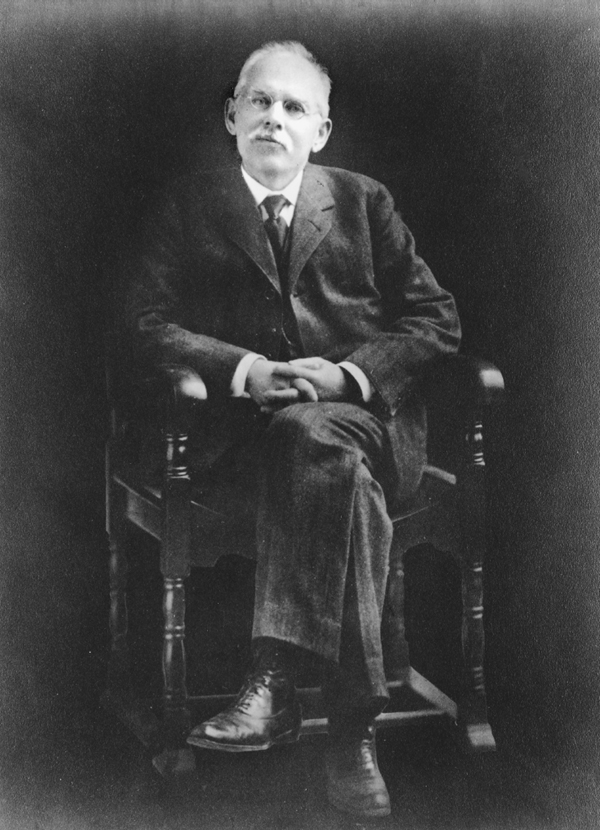Bonnie Yochelson - Rediscovering Jacob Riis: Exposure Journalism and Photography in Turn-of-the-Century New York: Exposure Journalism and Photography in Turn-of-the-Century New York
Here you can read online Bonnie Yochelson - Rediscovering Jacob Riis: Exposure Journalism and Photography in Turn-of-the-Century New York: Exposure Journalism and Photography in Turn-of-the-Century New York full text of the book (entire story) in english for free. Download pdf and epub, get meaning, cover and reviews about this ebook. year: 2014, publisher: University of Chicago Press, genre: Science. Description of the work, (preface) as well as reviews are available. Best literature library LitArk.com created for fans of good reading and offers a wide selection of genres:
Romance novel
Science fiction
Adventure
Detective
Science
History
Home and family
Prose
Art
Politics
Computer
Non-fiction
Religion
Business
Children
Humor
Choose a favorite category and find really read worthwhile books. Enjoy immersion in the world of imagination, feel the emotions of the characters or learn something new for yourself, make an fascinating discovery.
- Book:Rediscovering Jacob Riis: Exposure Journalism and Photography in Turn-of-the-Century New York: Exposure Journalism and Photography in Turn-of-the-Century New York
- Author:
- Publisher:University of Chicago Press
- Genre:
- Year:2014
- Rating:5 / 5
- Favourites:Add to favourites
- Your mark:
Rediscovering Jacob Riis: Exposure Journalism and Photography in Turn-of-the-Century New York: Exposure Journalism and Photography in Turn-of-the-Century New York: summary, description and annotation
We offer to read an annotation, description, summary or preface (depends on what the author of the book "Rediscovering Jacob Riis: Exposure Journalism and Photography in Turn-of-the-Century New York: Exposure Journalism and Photography in Turn-of-the-Century New York" wrote himself). If you haven't found the necessary information about the book — write in the comments, we will try to find it.
Before publishing his pioneering book How the Other Half Livesa photojournalistic investigation into the poverty of New Yorks tenement houses, home to three quarters of the citys populationJacob Riis (1849-1914) spent his first years in the United States as an immigrant and itinerant laborer, barely surviving on his carpentry skills until he landed a job as a muckraking reporter. These early experiences provided Riis with an understanding of what it was like to be poor in the immigrant communities that populated New Yorks slums, and it was this empathy that would shine through in his iconic photos.
With Rediscovering Jacob Riis, art historian Bonnie Yochelson and historian Daniel Czitrom place Jacob Riiss images in historical context even as they expose a clear sightline to the present. In the first half of their book, Czitrom explores Riiss reporting and activism within the gritty specifics of Gilded Age New York: its new immigrants, its political machines, its fiercely competitive journalism, its evangelical reformers, and its labor movement. In delving into Riiss intellectual education and the lasting impact of How the Other Half Lives, Czitrom shows that though Riis argued for charity, not sociopolitical justice, the empathy that drove his work continues to inspire urban reformers today.
In the second half of the book, Yochelson describes for the first time Riiss photographic practice: his initial reliance on amateur photographers to take the photographs he needed, his own use of the camera, and then his collecting of photographs by professionals, who by 1900 were documenting social reform efforts for government agencies and charities. She argues that while Riis is rightly considered a revolutionary in the history of photography, he was not a photographic artist. Instead, Riis was a writer and lecturer who first harnessed the power of photography to affect social change.
As staggering inequality continues to be an urgent political topic, this book, illustrated with nearly seventy of Riiss photographs, will serve as a stunning reminder of what has changed, and what has not.
Bonnie Yochelson: author's other books
Who wrote Rediscovering Jacob Riis: Exposure Journalism and Photography in Turn-of-the-Century New York: Exposure Journalism and Photography in Turn-of-the-Century New York? Find out the surname, the name of the author of the book and a list of all author's works by series.

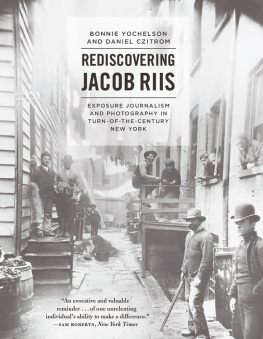

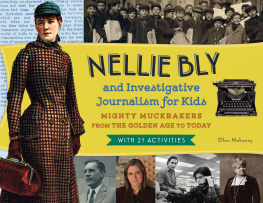
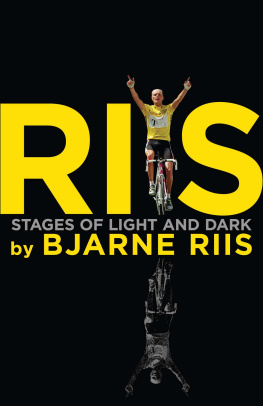
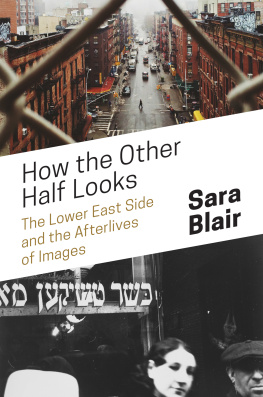

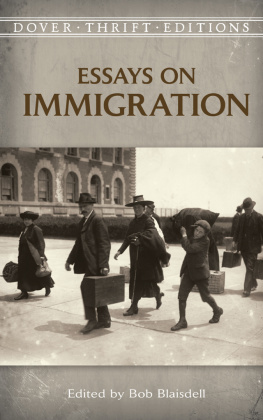
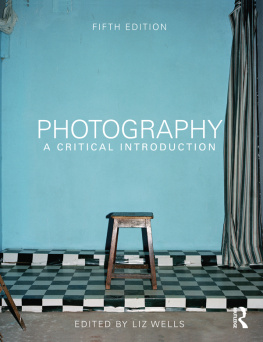

 This paper meets the requirements of ANSI/NISO Z39.48-1992 (Permanence of Paper).
This paper meets the requirements of ANSI/NISO Z39.48-1992 (Permanence of Paper).